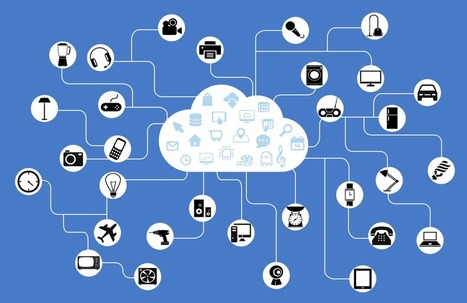The promise of IoT is "smart" everything. Nest's Internet-connected Learning thermostat, Nest Cam surveillance camera, and Protect networked smoke alarm promise a more energy-efficient, safer home. IoT technology is a key part of the pitch for "smart cities," "smart buildings," "smart factories," and just about every other "smart" proposal from sensor manufacturers, networking companies, and big technology consultancies. Seemingly everyone is looking for a piece of the biggest potential collection of integration projects ever. Sometimes the "smart" is relatively close to the sensor itself, but it often relies on a remote cloud service or data center to process the information and control actions.
On the consumer side, while devices like Nest's get much of the attention, wearable IoT devices are just starting to take off—despite the relatively low impact so far of high-profile efforts like the Apple Watch. "The Apple Watch may be on a slower liftoff cycle than other recent Apple hardware launches, but it has a complex number of use cases which are finding their home, purpose, and meaning," said Mark Curtis, the chief client officer at Fjord, Accenture's design consultancy. Within the next two to three years, he predicted, wrist-based devices will lose the need to be tethered to a smartphone. "At the same time, interactions between wearables and nearables (e.g., beacons, Amazon Echo, connected cars) will grow."
The health field is the most immediate fit for wearables, because they can gather data that has a benefit without conscious human action. "A good example is our Fjord Fido diabetes platform," Curtis said. "It requires complex linking between devices and data but would not have been possible without a smartwatch."...



 Your new post is loading...
Your new post is loading...








IoT is about to explode, perhaps literally, if privacy and security issues aren't fixed.